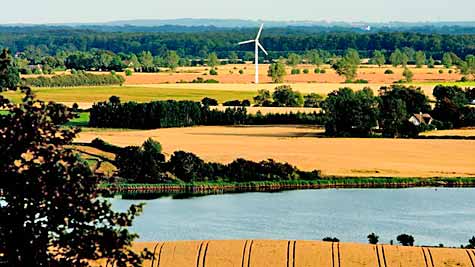
Europe’s ecosystems face increasing pressure to stay healthy amid rising pollution, overexploitation, urban sprawl and the effects of climate change. These are the findings of a European Environment Agency (EEA) report published today which takes stock of the condition of Europe’s ecosystems.
The EEA report ‘Mapping and assessing the condition of Europe’s ecosystems: progress and challenges‚ gives a snapshot of current ecosystem health in Europe. It identifies key gaps in data which are essential to properly assess the health of Europe’s many ecosystems. The report concludes improved mapping and assessments are needed in order to understand the problems faced by Europe’s ecosystems and to restore these key life-sustaining systems to better health. This understanding is vital for policymakers to come up with suitable responses.
The well-being of our societies is heavily dependent on our thriving ecosystems, which provide the basic building blocks of our day-to-day survival, including fertile soil, fresh water, pollination, natural flood protection and climate regulation. This ‘natural capital‘ is being degraded or lost as a result of human activity.
The report looks at eight broad ecosystem types in Europe: urban, cropland, grassland, heathland and shrub, woodland and forest, wetlands, freshwater, and marine. It assesses the pressures and challenges each of the different types face as well as the impacts on habitats and species.
[EU] 22. February 2016 – European Environment Agency (EEA)www.eea.europa.eu





